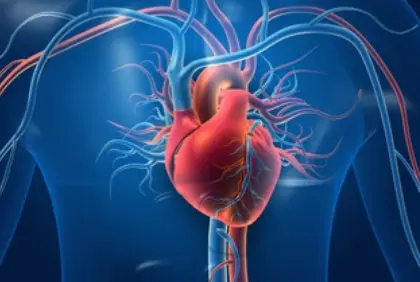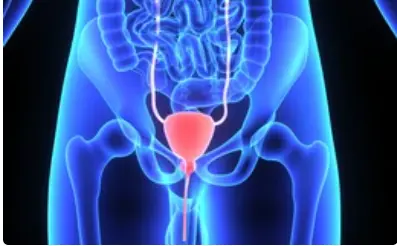 Welcome
Welcome
“May all be happy, may all be healed, may all be at peace and may no one ever suffer."
Bladder spasms - Generics
Bladder spasms are involuntary contractions of the muscles in the bladder, which can cause sudden, strong urges to urinate. They are often associated with urinary tract infections, bladder infections, bladder stones, or bladder irritation. Bladder spasms can also be a side effect of certain medications, radiation therapy, or surgical procedures.
Common symptoms of bladder spasms include a sudden urge to urinate, discomfort or pain in the bladder or pelvic area, and urine leakage. In some cases, bladder spasms may cause a feeling of incomplete emptying of the bladder.
Treatment of bladder spasms depends on the underlying cause. If a urinary tract infection is present, antibiotics may be prescribed. Pain medications, antispasmodic medications, or nerve stimulation therapy may also be used to relieve symptoms. Lifestyle changes such as reducing caffeine intake and practicing pelvic floor exercises may also help reduce bladder spasms.
If you experience symptoms of bladder spasms, it is important to seek medical attention to determine the underlying cause and appropriate treatment. If left untreated, bladder spasms can lead to urinary incontinence, infection, or other complications.

Relapsing multiple sclero...

Bacterial ear infections

Babesiosis

Local ocular anesthesia

Relieve pain

Arrhythmias

Oliguric phase of renal f...

Leprosy
Bladder spasms, মূত্রাশয় খিঁচুনি
To be happy, beautiful, healthy, wealthy, hale and long-lived stay with DM3S.